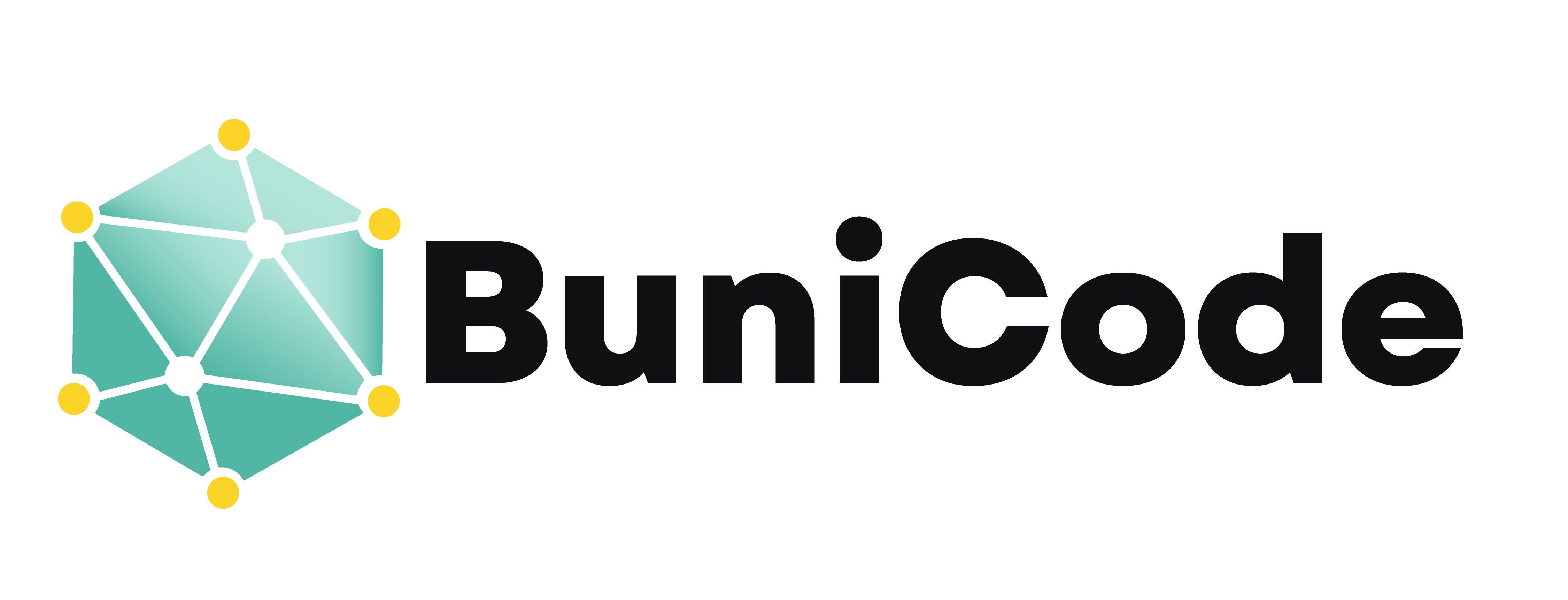
You’ve got a bold fintech idea—maybe it’s a co-banking solution, an AI-powered budgeting tool, or a decentralized lending platform. It’s tempting to start building the full product right away.
But hold up. Before you burn through your savings (or your investor’s cash), there’s one crucial step you can’t skip: validation.
And the most efficient way to validate your idea? Build a Technical MVP.
At Bunicode, we help fintech founders in Toronto, Nairobi, and beyond launch lean, high-impact MVPs that answer the only question that matters early on:
“Do users want this?”
Here’s how to get it right.
What Is a Technical MVP?
A Technical MVP (Minimum Viable Product) is the simplest version of your product that:
- Solves a real user problem
- Uses actual technology (not just no-code or prototypes)
- Can be tested in the real world
This isn’t a wireframe or a pitch deck. It’s a working product that proves the demand exists—and that your solution works.
Step 1: Define the Core Problem (Not the Features)
Most founders fall into the feature trap:
- “We’ll need a dashboard, onboarding, notifications, analytics, and AI…”
Instead, ask:
- What’s the one painful problem we’re solving?
- What’s the simplest way to solve it with tech?
Tip: If you’re solving a credit scoring issue, your MVP might just collect user data, run one scoring algorithm, and display the result. That’s enough to test value.
Step 2: Identify Your Early Adopters
Fintech is trust-sensitive. You need users who are open to new tools and willing to give feedback.
Focus on:
- Communities underserved by traditional banks
- Niche use cases (e.g., freelancers, digital-only savers, co-ops)
- Users already using workaround tools like spreadsheets or WhatsApp for finance
Tip: Interview them before you build. Their pain will guide your MVP scope.
Step 3: Choose the Right Tech Stack (for Now)
You don’t need the same tech as Stripe on Day 1.
Go for:
- Speed to market (frameworks like Firebase, Supabase, or Flutter)
- Ease of iteration (REST APIs over GraphQL if you’re moving fast)
- Scalable later, but light today
At Bunicode, we match tech stacks to founder priorities: speed, cost, and room to grow.
Step 4: Build Only What’s Needed to Test the Hypothesis
Let’s say your hypothesis is:
“People will switch from Excel to our budgeting app if we show real-time cash flow.”
Then your MVP should:
- Allow user sign-up
- Let them connect one account
- Display a real-time cash flow chart
That’s it.
No rewards engine. No referral code. No gamification. Just the test.
Step 5: Measure Usage, Not Just Opinions
Everyone says your idea is great. But do they use it? Do they come back? Do they share it?
Your MVP should give you clear answers:
- Activation rate (Did they complete setup?)
- Retention rate (Did they return after 7 days?)
- Engagement (What features do they touch most?)
Tip: Track metrics from Day 1. Data beats vibes.
Step 6: Know When to Pivot or Build
You validated the core idea? Now you can:
- Add layers like automation, integrations, or analytics
- Optimize UX
- Invest in compliance and security
Did you miss the mark? Pivot fast, armed with real feedback.
Either way, the MVP paid off.
Bunicode’s MVP Philosophy
We help fintech startups validate smart and fast by:
- Prioritizing user outcomes, not code complexity
- Building modular, testable MVPs in sprints
- Helping founders pivot without rebuilding from scratch
We don’t just build apps—we build traction.
Validate Before You Scale
Launching a fintech product without validation is like pouring fuel on a fire you haven’t started yet.
Your Technical MVP is your match.
Use it wisely.
Build lean.
Learn fast.
And only scale when you’re sure it’s worth it.
Need help designing and building a smart MVP? Bunicode’s your partner in getting to proof, not just product.



